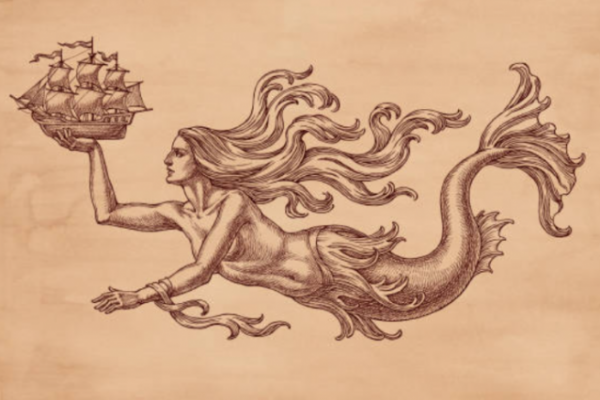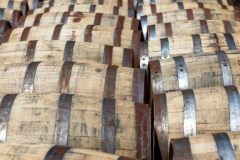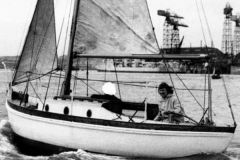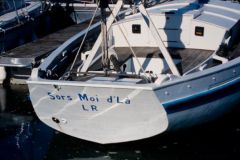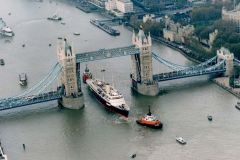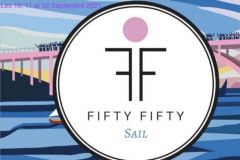From the past to the present day, ships have often been shrouded in feminine symbolism, both in the pronouns assigned to them and in the names given to them. A naming tradition that reveals a singular relationship between sailors and their vessels, blending archaism, emotional attachments and linguistic mutations.
Between archaism and tradition
Well-known to those in the maritime world, the English habit of referring to ships as women using the terms "she" doesn't go unnoticed.
From a grammatical point of view, English traditionally uses the pronouns "her" and " " he " " she "or " she the word "to designate a subject that refers to people, and '' it to refer to an object, a thing or even an animal. However, pronouns can change when the relationship with the subject is particularly personal. When this rule applies to ships, the use of the feminine pronoun " dates back to ancient times. A British tradition from the 18th century, when only men were on board ships, sometimes justifies this designation with sexist expressions such as '' It takes an experienced man to handle her correctly and without a man at the helm, she is absolutely uncontrollable in other words, "ship".
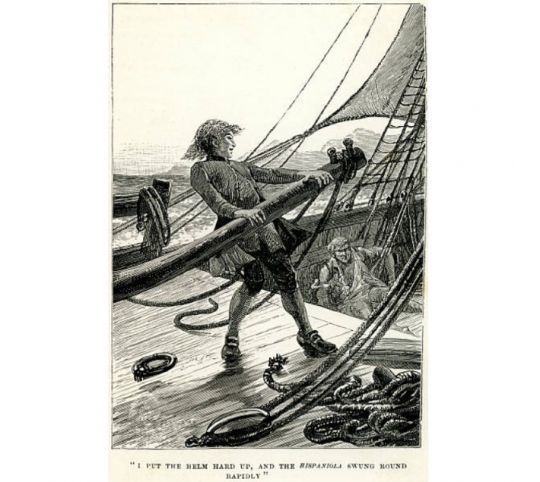
While this archaic explanation may make sense from a linguistic point of view, it's no longer the case today, since ships are no longer considered uncontrollable, and women are recognized as equally capable of commanding a ship. By the 17th century, however, female pirates had already proved their worth.
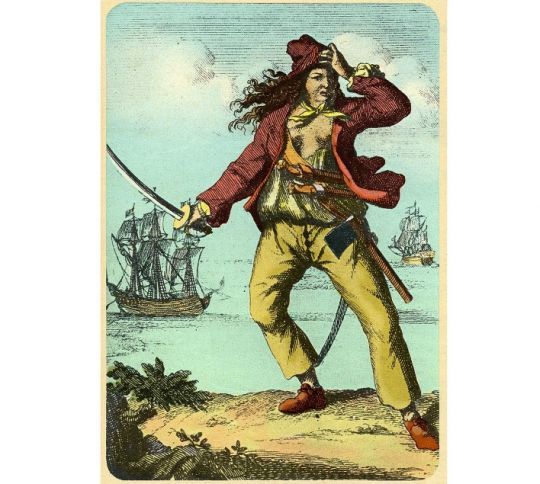
Another theory that justifies the use of the feminine gender to designate a ship on the basis of grammatical gender comes from the origin of the word '' Navy '' in its use for the British navy, the '' Royal Navy ''. The term derives indirectly from the Latin feminine noun '' navis '' referring to a ship. '' Navem conscendere originally meaning the action of boarding. It's also interesting to note that Argo Navis was once the Latin feminine name for a large constellation in the southern sky, named after the Argo, the galley mentioned in Greek mythology, on which Jason and the Argonauts sailed to find the Golden Fleece.
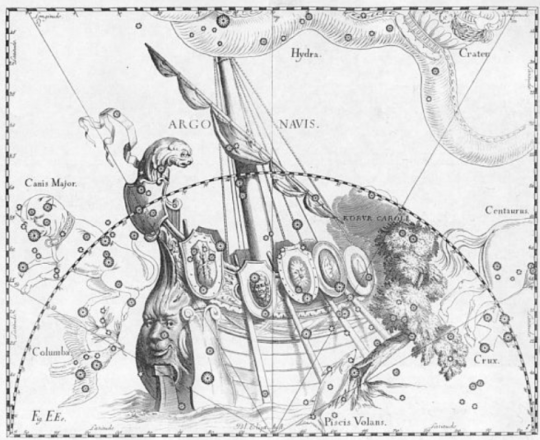
Today, ships such as HMS Queen Elizabeth explicitly bear female names, while others, like HMS Prince of Wales, bear male names. At the christening ceremony of HMS Queen Elizabeth, the Queen herself referred to the ship as a woman, declaring: "It takes an experienced man to maneuver it properly, and without a man at the helm, it's absolutely uncontrollable"I name this ship Queen Elizabeth, may God bless her and all who sail aboard." I name this ship Queen Elizabeth, may God bless her and all who sail on her " she " An encouragement, perhaps, in reference to the Queen's long reign. Similarly, at the christening of the HMS Prince of Wales, the Duchess of Cornwall refers to the ship using the pronouns " her "or "mother ship".
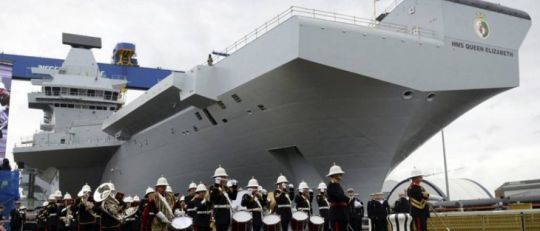
Emotional considerations and women's image
Naming the ship is an essential tradition prior to its inaugural launch.
There was a persistent paradox at the time: although the presence of women on board was perceived as a danger, ships were often named after female figures. By choosing a name with personal value, the captain cultivates an emotional bond that translates into a heightened commitment to the care and maintenance of the vessel. The selection of a female name needs to be meticulous and well thought-out, as many ships are given names of historical figures in the hope of ensuring protection during their sea voyages.
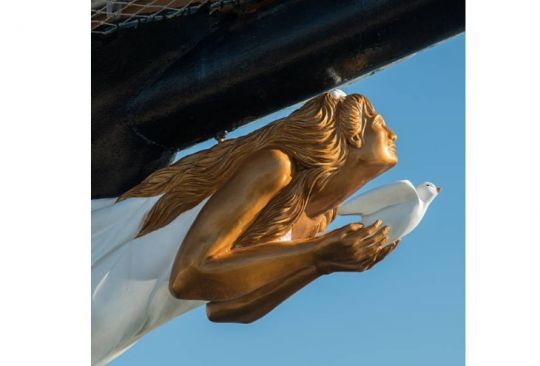
It's as if the sea, a benevolent mother, pampered and preserved the ship during its maritime journeys. Over time, this practice evolved, giving rise to expressions such as "carrier", referring to a "Ross Sea Group" vessel capable of launching other craft.
While many historic British ships bear masculine names, their figureheads often bear the image of a woman, evoking a form of superstition linked to the symbolic power of femininity. The figurehead of the Cutty Sark, for example, was inspired by a poem by the Scotsman Robert Burns, which tells the story of Tam, a farmer riding through a graveyard populated by witches and wizards. Despite his attempts to escape, the seductive witch Nannie, dressed in a short shirt (''' cutty sark ''), manages to grab hold of Tam's horse's tail, which remains in his hands...
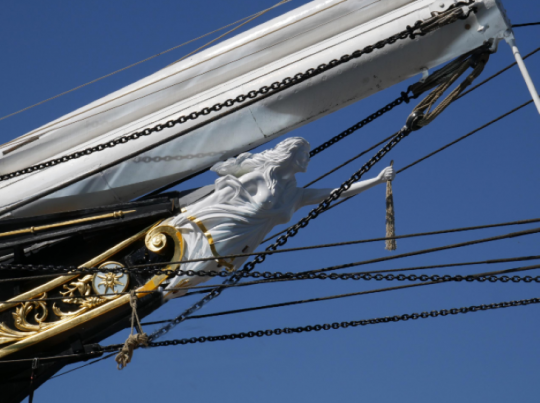
Mythological figures
In Roman mythology, Aurora is the goddess of the dawn.
The Aurora is best known for her crucial role in the Endurance expedition (1914-1917) led by British explorer Sir Ernest Shackleton to Antarctica. During the expedition, the Aurora became trapped in the ice of the Ross Sea, drifting for 312 days. The ship suffered severe damage, including the loss of her rudder and the destruction of her anchors. The crew had to cope with extremely difficult conditions, with limited provisions and freezing temperatures. After drifting, the Aurora was repaired in New Zealand and returned to Antarctica to rescue members of the " revenge " who had remained isolated on land.
The story of the Aurora has become emblematic in the field of Antarctic exploration because of the extraordinary challenges faced by the crew and their efforts to overcome them. Exploring the mythological connotations of the ship's name, the Aurora evokes the hypnotic beauty of the aurora australis. A ship that was able to become one with its environment... a ship whose destiny was heroic in saving these men from the white continent.
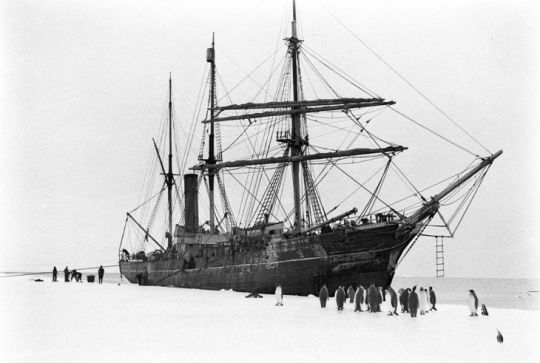
The redoubtable charm of mermaids
Imagine a ship sailing along, leaving behind an aura of awe. Like the mythical creature whose name it inherits, this vessel lures its opponents with bewitching seduction, only to strike them with deadly power.
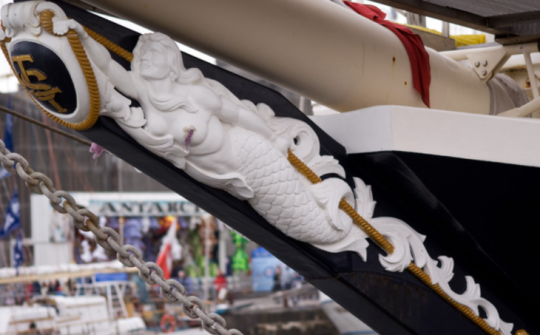
Legend has it that mermaids are enchanting entities who combine beauty and strength. Visit Mermaid, is a ship that fully embodies these qualities. Sixteen Royal Navy ships were named HMS Mermaid, after these mythical female creatures.
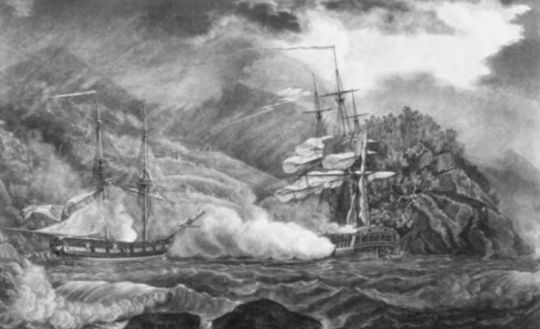
Inspiring terror
Another legendary pirate ship, which has captured the imagination of many thanks to the evocative name it was given and what its commander did with it, is Blackbeard's Queen Anne's Revenge. The choice of the term " queen "(vengeance) would signal hostility towards enemies, while the use of the word "color: #7a7a7a;"In any case, Blackbeard was known for his intimidating reputation, and the name chosen for his ship probably reflected his desire to inspire fear among those he encountered at sea. In any case, Blackbeard was known for his intimidating reputation, and the name chosen for his ship probably reflected his desire to inspire fear among those he encountered at sea. He subsequently led ruthless raids in the Caribbean, stripping ships and expanding his fleet. The Queen Anne's Revenge's imposing size and fearsome weaponry instilled fear in the hearts of sailors and merchants, making her a force to be reckoned with on the high seas.
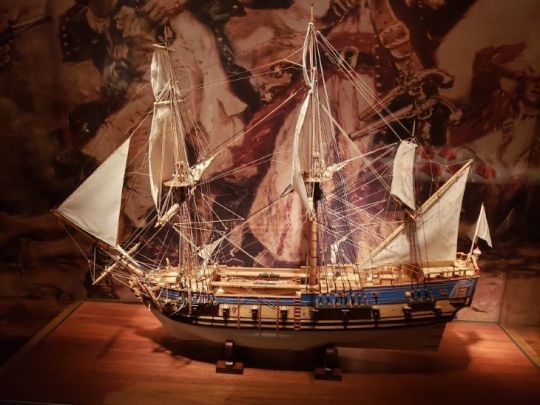
Language evolution
The Cambridge dictionary indicates that the term '' it '' is commonly used to refer to entities such as countries, vehicles and machines. Although some traditionalists and sailors continue to use '', '' and '' she the Cambridge Dictionary seems to have abandoned this tradition. On its site, the definition of the word '' ship '' is accompanied by examples that no longer use the terms '' her '' or '' she '', preferring to use '' it '' or '' its ''.

Since 2002, Lloyd's List, one of the oldest magazines still in continuous publication in the world, providing weekly shipping news from London as far back as 1734, has abandoned the process of personifying ships. It began to use gender-neutral terms such as ''it''.
Maritime museums, such as the Scottish Maritime Museum, have also followed this trend by using gender-neutral terms when referring to ships, recognizing the increasing changes in modern society.
The English aren't the only ones to attribute feminine traits to ships... If the sailors of yesteryear thought they'd attract all the luck they could get by finding the right name for their ship, in order to get home safely and appease the god of the sea, modern technology, sophisticated weather forecasting and the planning of difficult passages have considerably increased the safety of ships. There's no longer any need to resort to this superstition, although some carry on the tradition as a tribute to their heritage. In the end, though, it's up to each and every one of us to call our ship "it", as we see fit

 /
/ 